Contents
- 1. Bateleur Eagle
- 2. Bald Eagle
- 3. The Black Chested Buzzard Eagle
- 4. Golden Eagle
- 5. African Fish Eagle
- 6. Steller’s Sea Eagle
- 7. Martial Eagle
- 8. The White Tailed Eagle
- 9. Crested Serpent Eagle
- 10. Bonnelli’s Eagle
- 11. Crested Hawk Eagle
- 12. Madagascar Fish Eagle
- 13. Sanford’s Sea Eagle
- 14. Pallas’s Fish Eagle
- 15. Southern Banded-Snake Eagle
- 16. Kinabalu Serpent-Eagle
- 17. Indian Spotted Eagle
- 18. Gurney’s Eagle
- 19. Pygmy Eagle
- Share this:
- Related
Eagles are the peak predator of the food cycle. They are equipped with fierce talons, wide feather and meat cleaver beak. All of these types originate from the member of Accipitridae family. There are around 60 kinds of eagle types that originate from the submember of Buteoninae and Circaetinae. This article will certainly reveal the kinds of eagles that originate from various genera with their distinctive appearance.
1. Bateleur Eagle
Bateleur Eagle head’s is black and it has red soft skin on its cheeks and the tip of the beak is black. They feed on sandgrouse, pigeons and small animals. Females lay single egg and incubate it for 42-43 days. A Bateleur Eagle is a silent bird; it can produce barks and many different calls sometimes. A Bateleur Eagle is a national emblem of Zimbabwe.
2. Bald Eagle
Bald Eagle is America’s national bird icon and symbol. It has a brownish plumage with a pure white head and yellow beak. For five years of lifespan a bald eagle finally reaches its maturity in sexual aspect. Their maximum lifespan is 20 years. Females are larger and much heavier than males. Bald eagles natural habitats are near the water and migrate to the coastline in order to acquire food during winter seasons. Bald eagles can fly at a speed of 35-43 mile per hour. Fish is their favorite prey.
3. The Black Chested Buzzard Eagle
The Black Chested Buzzard Eagle is thought to be a sole hunter in nature. This bird has a powerful plumage compared with other predator birds. The chest is black and the color of the feather is gray. Their preferred nesting locations are tress and cliffs. This species construct new nests and perform their mating process in flight. With its sharp eyesight; black chested buzzard eagle can guard its area extremely well. Mid-sized mammals, burrowing owls and squamates are their preferred preys.
4. Golden Eagle
The Golden Eagle is dark brown and has patches of light brown feathers on its head and wings. Golden Eagle has big brown wings with a small gray coloration to its tail. These agile birds are spread over Japan,North America, North Africa Korea and . The nests are constructed on the cliff and trees. A female lays around 4 eggs and nurtures them. Golden Eagles can keep and securing an area up to 155 square kilometres.
5. African Fish Eagle
The head and chest of this eagle is covered under white feathers. African Fish Eagles is monogamous bird. Females lays up to 3 eggs and incubatethem for more than 45 days. The chicks usually venture out once they develop feathers and are able to hunt their own prey. They feed on fish, crocodiles and ducks.
6. Steller’s Sea Eagle
A Steller’s Sea Eagle weighs around 9kg. Its head and back are black. It has a strong sharp bill, and they can tear apart the flesh of their prey. These birds develop its sexual maturity at the age of 5. They construct enormous nests in the woods and lay eggs in fourth month of the year. Their eggs are hatched for more than a month. A Steller’s Sea Eagle searches for squids, cods, and carrions.
7. Martial Eagle
The Martial Eagle is huge in size and can be compared with the Golden Eagle and Veraux Eagle. Their nests are also huge in size. The females will lay 2 eggs in 45 days of incubation. The head and the chest of the martial eagle are dark. Martial Eagle marks their territory by circling in flight before taking plunging on to their prey such as rabbits, hares and squirrels.
8. The White Tailed Eagle
The White Tailed eagle is ranked as the fourth largest bird of prey. The feather is a blending result of brown shades. The white tail is the unique aspect of this eagle. The nests are large.The same species of eagle reuse it for years to hatch and breed their chicks. Every years the female produce three eggs and it needs 38 days to hatch. The chicks kept in their parents range until the time they become independent.
9. Crested Serpent Eagle
They have white spots and streaks on their wings. The nape of neck and the crown are black, while the crest is brown and barred with white color. Legs are unfeathered and the eyes are bright yellow.
10. Bonnelli’s Eagle
This is a type of slender eagle with short rounded wings and a long tail. The wings have a white leading edge, black terminal band and a gray patch at the carpal joint. Bonelli’s Eagle has yellow-orange eyes and the legs are long and feathered. Their diet includes a range of birds such as pigeons, crows, ducks, and gulls.
11. Crested Hawk Eagle
Crested Hawk Eagles have brown wings tipped with 5 darker bars. They feed on rabbits, fish and rodents. Crested Hawk Eagles are large raptors with varying color morph and several subspecies that occur in southern and Southeast Asia forested areas.
12. Madagascar Fish Eagle
Inhabiting the west coast of Madagascar, Madagascar fish eagle belongs to an endemic bird of the island nation. It’s characterized by feathery back with dark-reddish brown color, fair-complexioned throat, and white cheek, and not to mention the chocolate-colored cap. At a glance, it shares similarity to Madagascar-Harrier Hawk. Compared to the harrier, the fish sort has a robust head, white tail, and larger size. In its habitat, the flying vertebrate mostly populates in a woody spot in the short distance away from water bodies like river and swamp. Unfortunately, the population of the endangered species remains declining.
13. Sanford’s Sea Eagle
Among other types of eagles, Sanford’s sea eagle somewhat has a look that is one of a kind. As its name suggests, the bird’s label is concerning its discoverer, Dr. Leonardo C. Stanford. The whitish brown plumage dominating its neck and head appears to be attractive. The reddish-brown shade dots the underparts of it, and the gray-black one looks seamless on its upperparts. The big endemic predator of Solomon Islands loves catching and devouring sea snacks, fish, crab, and even tortoise. The lush coastal jungle with an altitude reaching 1,500 meters above sea level is where this guy inhabits.
14. Pallas’s Fish Eagle
Pallas’s fish eagle, also dubbed as a band-tailed fish eagle, is generally found in southern part of Asia like India and Bhutan. The partially migratory bird uniquely own a light brown head, dark brown wings, as well as reddish-brown back. The tail is featured by a typical white stripe. The juvenile is dark at all. In comparison to a male, a female is slightly bigger. The bulky freshwater fishes are the main prey. The carnivore also hunts for water bird, attacking relentlessly from the air and gripping it strongly. Interestingly, the prey is weightier than the beaked predator.
15. Southern Banded-Snake Eagle
Southern Banded-Snake Eagle belonging to the family of Accipitridae is slightly small. Grey and brown color dominate the head of this adorable bird – the light is on the underparts and the dark is on the upperparts. The tail is elegantly adorned with a white tip. The yellow feet with sharp claws and outsized flaxen eyes are used to strike the prey. The notable part is the bird’s voice. In nature, it’s prone to be noisy and annoying, making a high-pitched call. About habitation, the species lives coastal forest within easy reach to a wetland on the eastern coast of Africa.
16. Kinabalu Serpent-Eagle
True to its name, this species also known as mountain serpent-eagle is native to the Kinabalu National Park, East Malaysia. It mostly occupies in the ridge top forest that is evergreen. It is pretty similar to another Bornean eagle namely crested serpent. To differentiate both of them, simply check out the overall feather. The Kinabalu is darker than the crested one. Speaking of the diet, it often feeds itself with lizards and snakes. The key problem that the snake hunter faces is none other than the habitat loss. This matter makes the population decrease from year to year.
17. Indian Spotted Eagle
Indian spotted eagle is considered the largest carnivore in South Asia. With the wingspan reaching 150 centimeters, the bird beautifully owning dark eyes can travel through the air for a long time. In comparison to its relatives, it appears to be lighter. The juvenile is relatively glossy brown and has a cream-colored neck. In the wildlife, the adult loves catching a variety of large raptors. The habitation of the Indian vertebrate with mesmerizing feathers includes the Indian wetland. The habitat distribution starts from the Gangetic plains to the southern section of Orissa, India.
18. Gurney’s Eagle
One of the enticing types of the eagle the wild bird loves should give the eye is the Gurney’s eagle. The bird of prey mostly is detected in the Pacific area and Asia. When it comes to size, it turns out that it’s quite large. Dark chocolate feathers cover the back, and the undersides are pale white. Additionally, it comes with a rounded tail making it preferential. The female is twice bigger than the male. For feeding, the species with a wingspan reaching up to 129 centimeters can’t be apart from the animals such as birds, fishes, and reptiles.
19. Pygmy Eagle
Pigmy eagle is a predatory bird native to New Guinea Island. Why it’s named so since it only has a length ranging from 45 to 56 centimeters. There is no wonder that the species is considered the smallest eagle in the world. Although it shares an affinity to the little eagle – to identify this bird – you can observe the coloration. It’s darker than its relatives. Outstandingly, it frequently produces “sip sip yee” sound. Pygmy, one of the inimitable types of eagles, feeds on mountain fruit-dove as well as catches the pray on the canopy in the lush New Guinean forest.
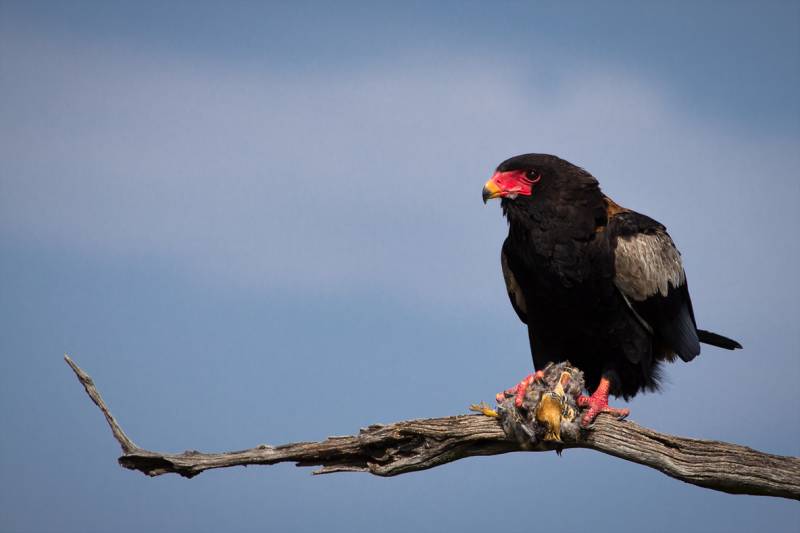
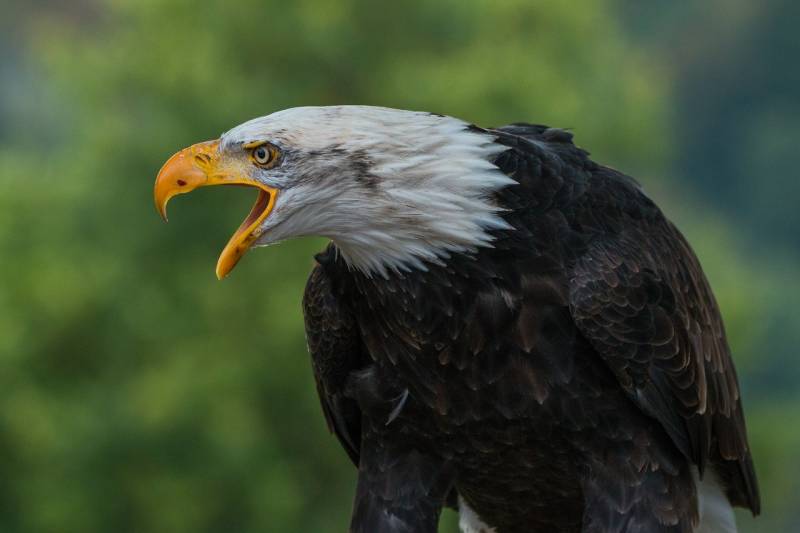
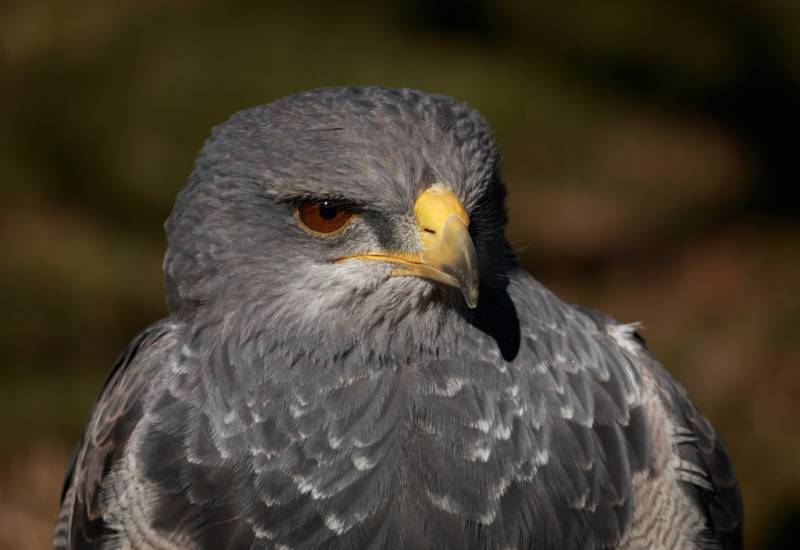
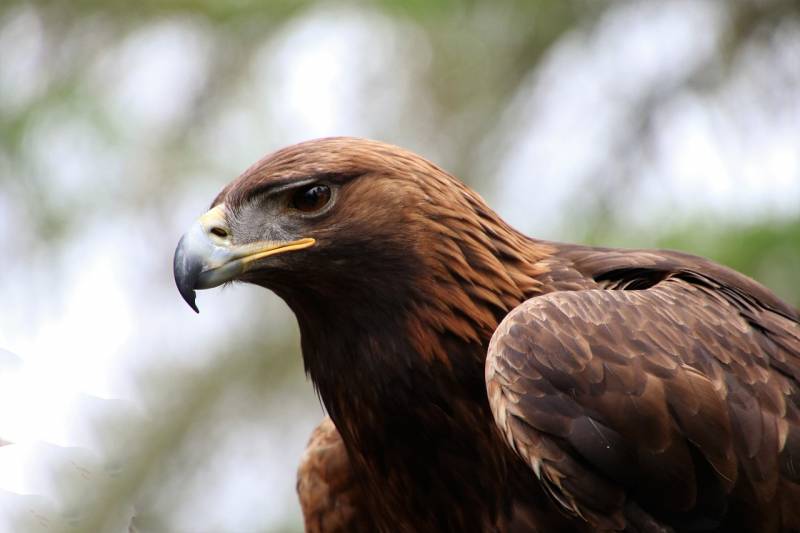
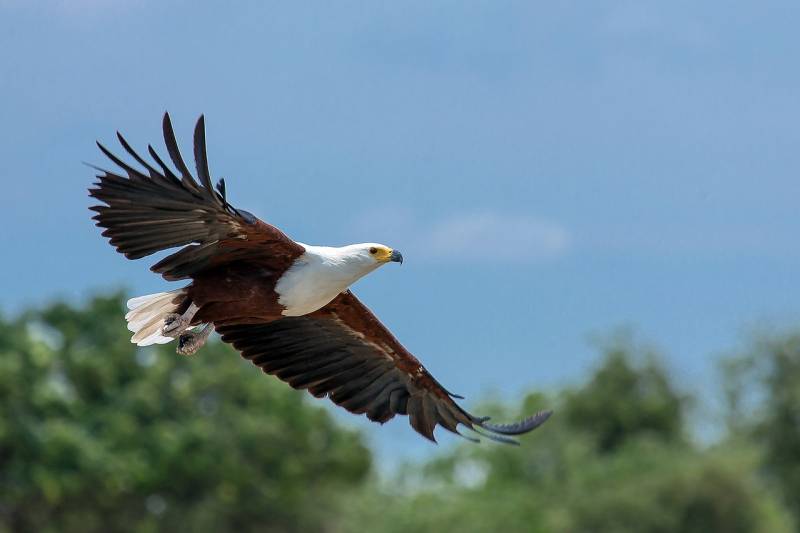
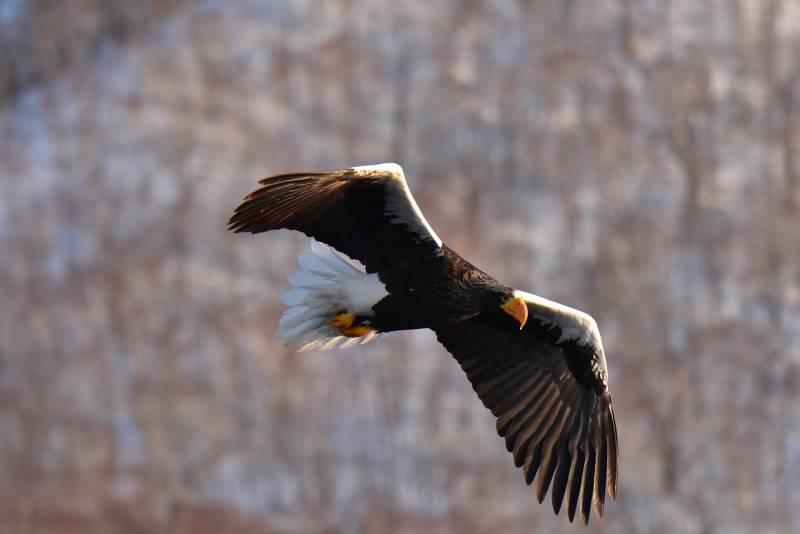
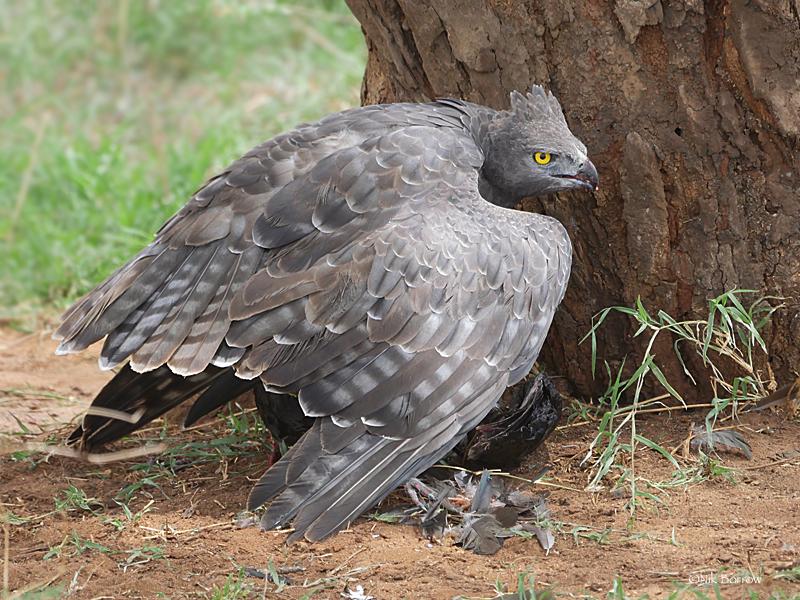
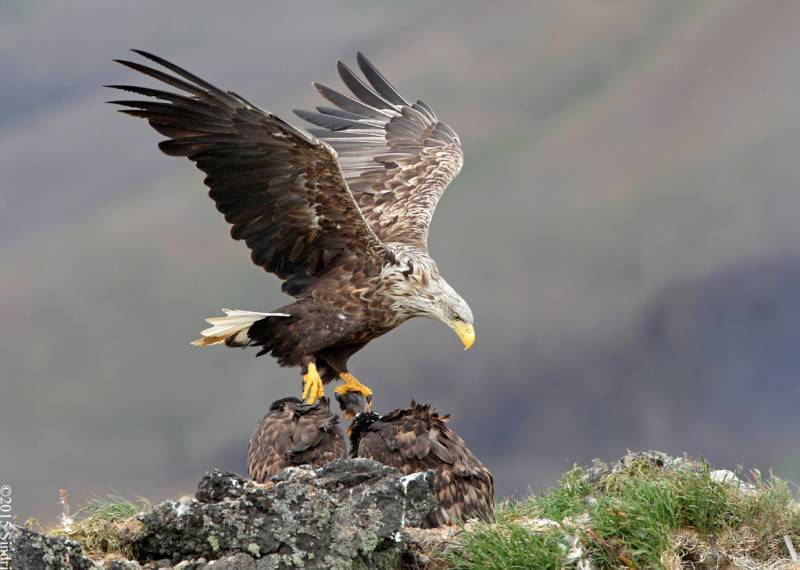
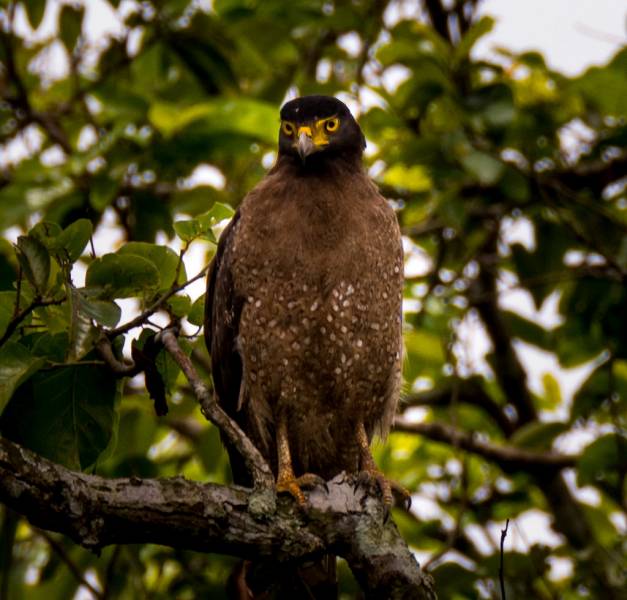
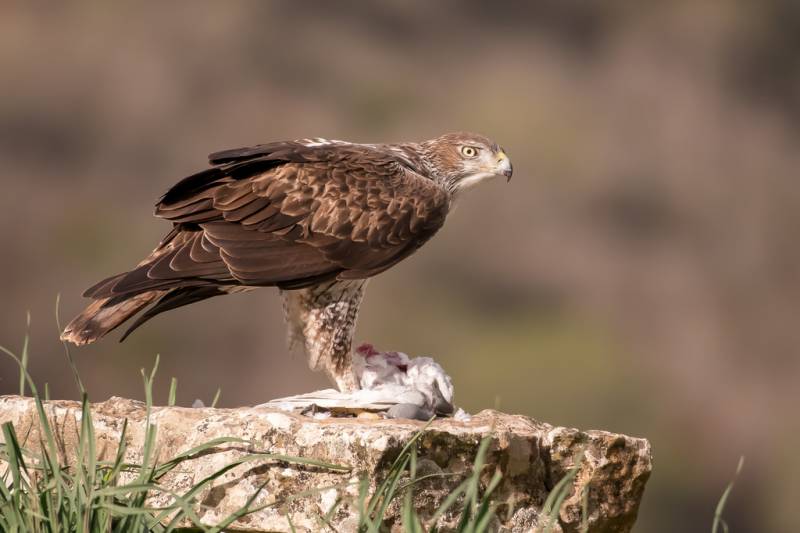

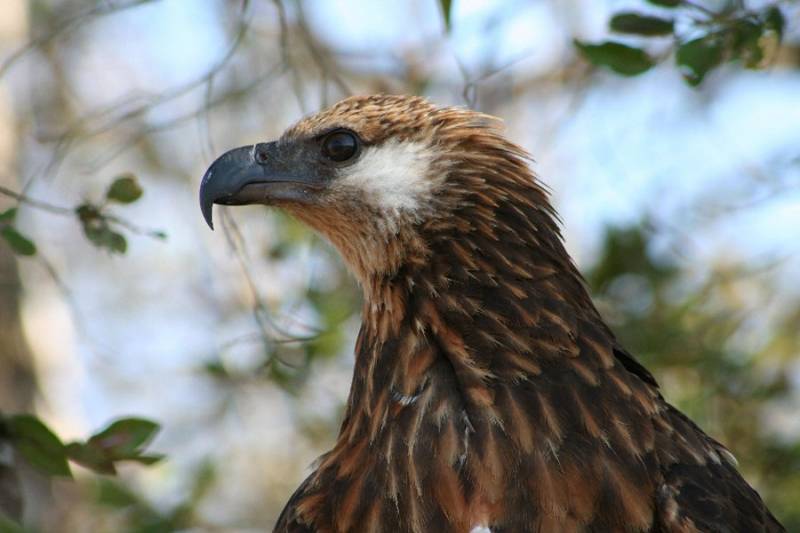
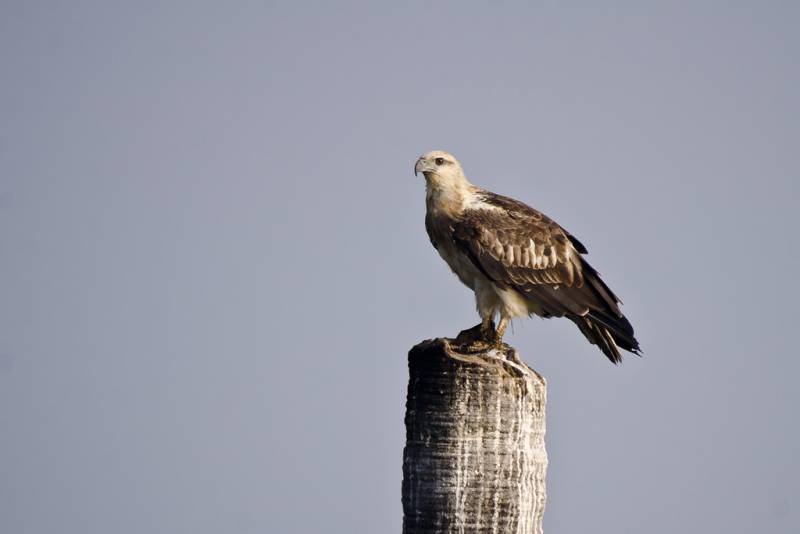
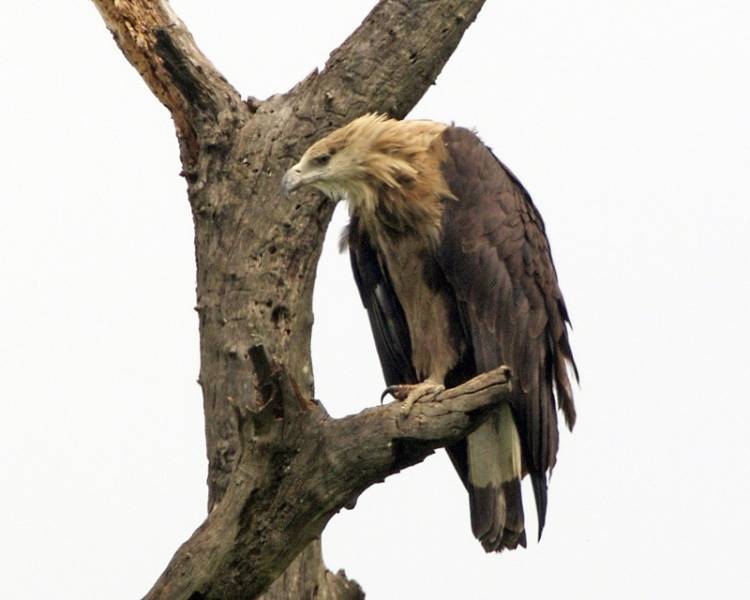

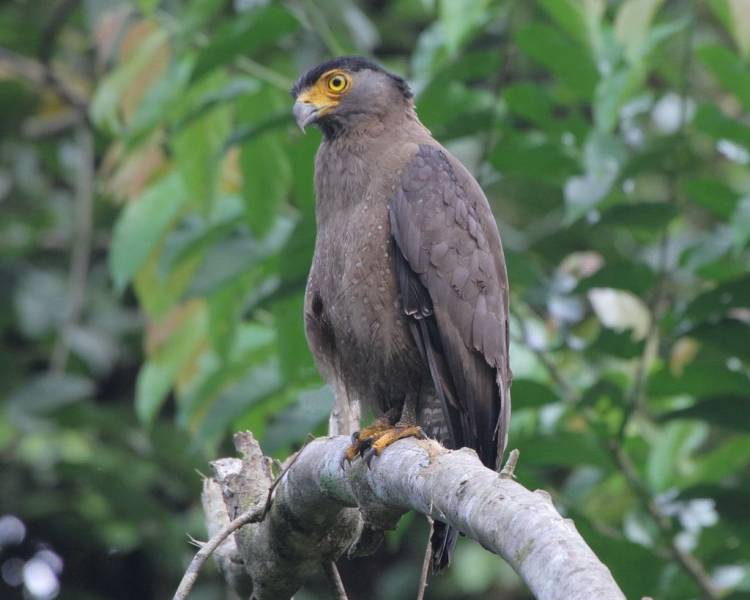
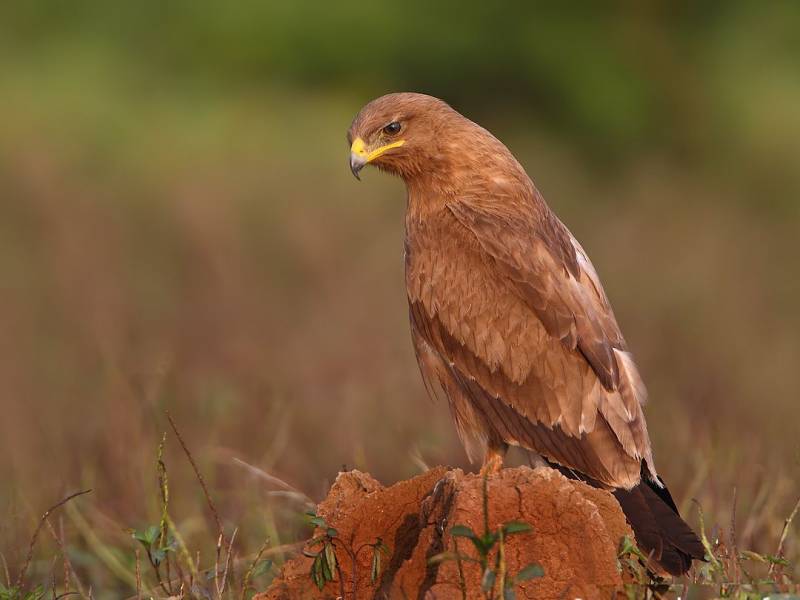
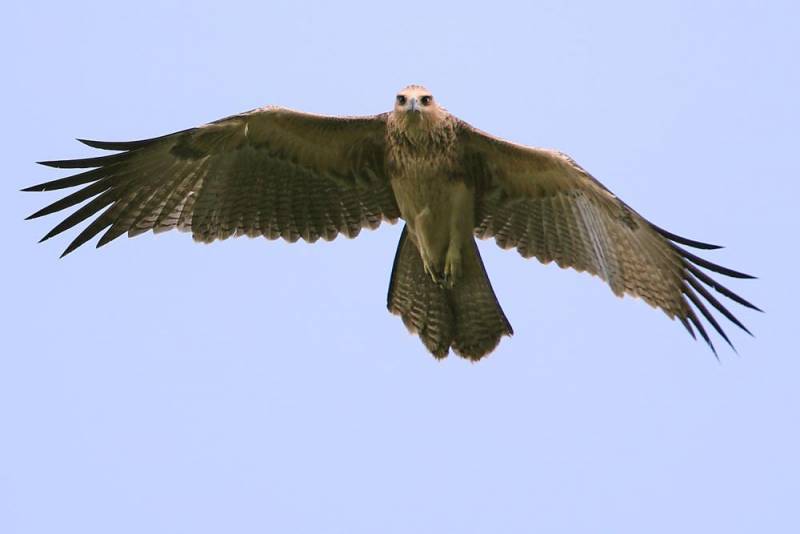
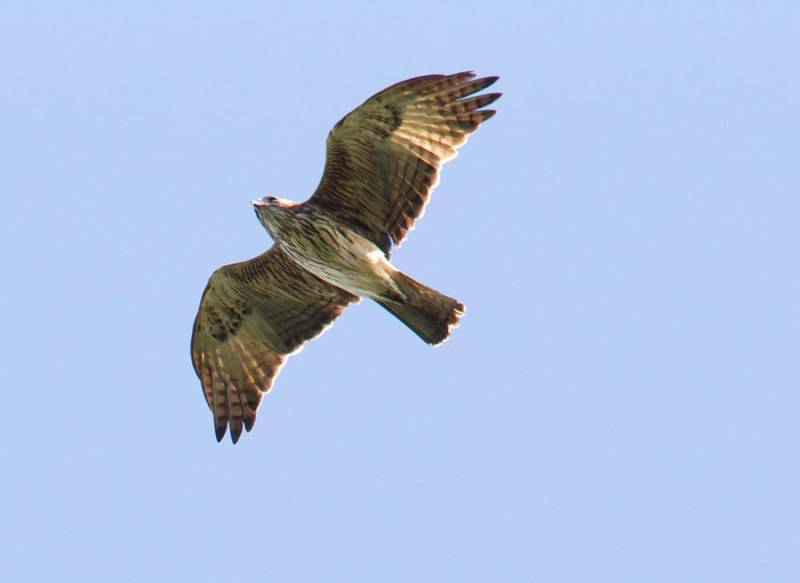
Leave a Reply